Utsunomiya City, Tochigi栃木県宇都宮市
Living in Utsunomiya City, Tochigi
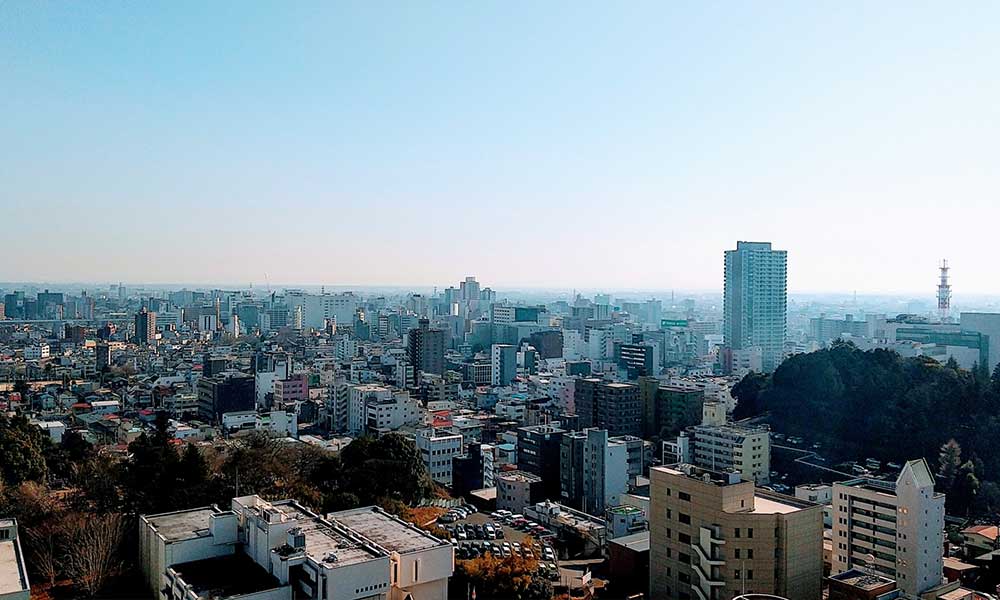
We have Summarized the livability of Utsunomiya City, Tochigi.
CENTRAL AREA県央地域
CONTENTS
- What kind of place is Utsunomiya City?
- Utsunomiya CityPR video
- How is the traffic situation in Utsunomiya City?
- How are the rent and land prices in Utsunomiya City?
- How is childcare and education in Utsunomiya City?
- How about shopping in Utsunomiya City?
- How about jobs and recruitment in Utsunomiya City?
- Utsunomiya City’s unique subsidy/subsidy system
What kind of place is Utsunomiya City, Tochigi?
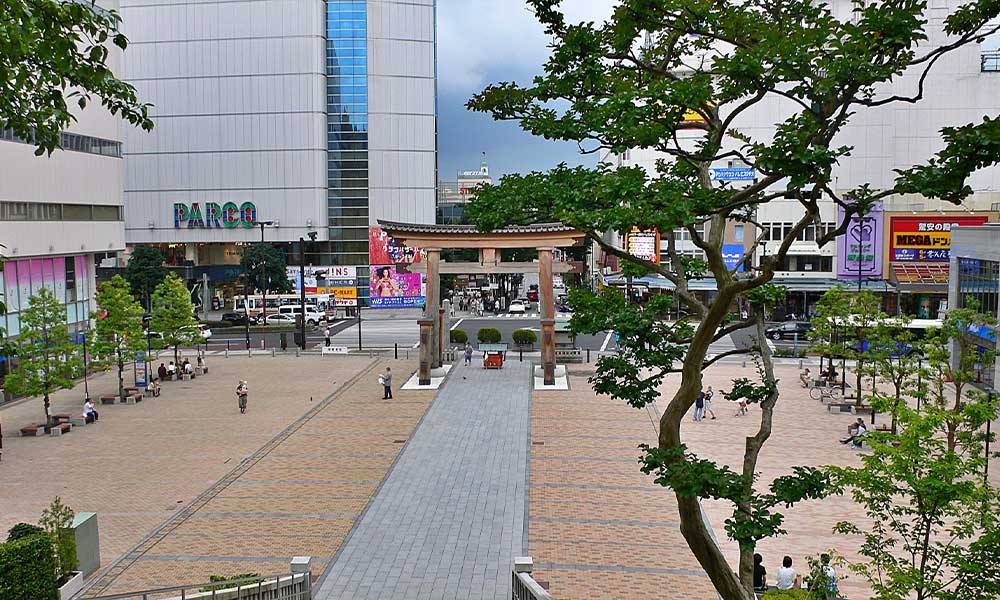
Utsunomiya City, the capital of Tochigi Prefecture, blends a rich natural environment with urban convenience.
Located almost in the center of Tochigi Prefecture, Utsunomiya City covers an area of approximately 416.85 square kilometers.
To the north, it borders Shioya Town; to the east, Sakura City, Takanezawa Town, and Haga Town; to the south, Moka City and Kaminokawa Town; and to the west, Mibu Town, Kanuma City, and Nikko City.
The population is about 513,000, with approximately 236,000 households (as of August 2023).
Situated in the northern part of the Kanto Plain, Utsunomiya is about 105 km north of Tokyo.
The Kinugawa River flows through the eastern part of the city, while the northwestern region features the mountains of Tomaruyama and others.
The origin of the city’s name dates back to the Kamakura period, when the local lord, Fujiwara Soen, who was active in the region of Shimotsuke Province, took the name Utsunomiya after enhancing governance in the Kamakura shogunate.
During the Edo period, Honda Masazumi developed the castle town, making Utsunomiya Castle one of the seven famous castles in Kanto. Additionally, it prospered as a post town at the junction of the Nikkō and Ōshū roads, becoming so vibrant that it was referred to as “Little Edo.”
In 1896, Utsunomiya City was established after the implementation of city governance.
During the high economic growth period of the Shōwa era, large industrial parks such as Utsunomiya Industrial Park and Kiyohara Industrial Park were developed, transforming the city into one of Kanto’s leading industrial hubs.
In 1984, it was designated as a “Utsunomiya Technopolis,” promoting town development centered on advanced technology industries and the organic integration of industry, academia, and residential areas.
In the Heisei era, many universities, including Ashikaga University and Teikyo University Faculty of Science and Technology, were established, further solidifying Utsunomiya’s reputation as an educational city.
Today, Utsunomiya City has urbanized while maintaining a rich living environment where residents can easily access nature just outside the city.
Known as the “Gyoza City,” Utsunomiya is famous for local delicacies such as Utsunomiya Gyoza, with numerous gyoza specialty restaurants throughout the city, attracting many tourists who enjoy gyoza tastings.
In terms of transportation, the Tōhoku Expressway opened in 1972, followed by the Tōhoku Shinkansen in 1982, improving access.
More recently, the entire section of the Kita-Kanto Expressway opened in 2011, facilitating smooth travel in both north-south and east-west directions.
Furthermore, on August 26, 2023, Utsunomiya Light Rail Transit, the first next-generation streetcar system in Japan, opened, garnering increased attention for the area.
Utsunomiya City also boasts numerous tourist attractions.
The Oya History Museum is an underground quarry site for Oya stone, measuring 30 meters deep and approximately 20,000 square meters wide. Even in summer, the facility remains cool, and the illuminated interior creates a magical underground space.
This unique landscape is popular among tourists and is frequently used for concerts, art exhibitions, and film or drama shoots.
The Utsunomiya Romantic Village is a stay-experience farm park themed around agriculture and food. Spanning 46 hectares, it features a dog run, hot springs, a pool, and accommodations, making it a popular tourist spot for families and pet owners to enjoy all day.
Located about 1 km east of the romantic village is the Utsunomiya Zoo, where visitors can interact with around 90 species of animals, and it also features a small amusement park with a Ferris wheel and roller coaster.
The Tochinoki Family Land is accessible on foot from Nishi-Kawada Station on the Tobu Utsunomiya Line, offering numerous rides for young children. It is also popular for its free admission, allowing guests to purchase tickets for individual rides at a low cost.
PR video of Utsunomiya City, Tochigi
“Really Utsunomiya” Enjoyable Charm
“Really Utsunomiya” The charm of a stately city
RIGHT NOW! UTSUNOMIYA
How is the traffic situation in Utsunomiya City?
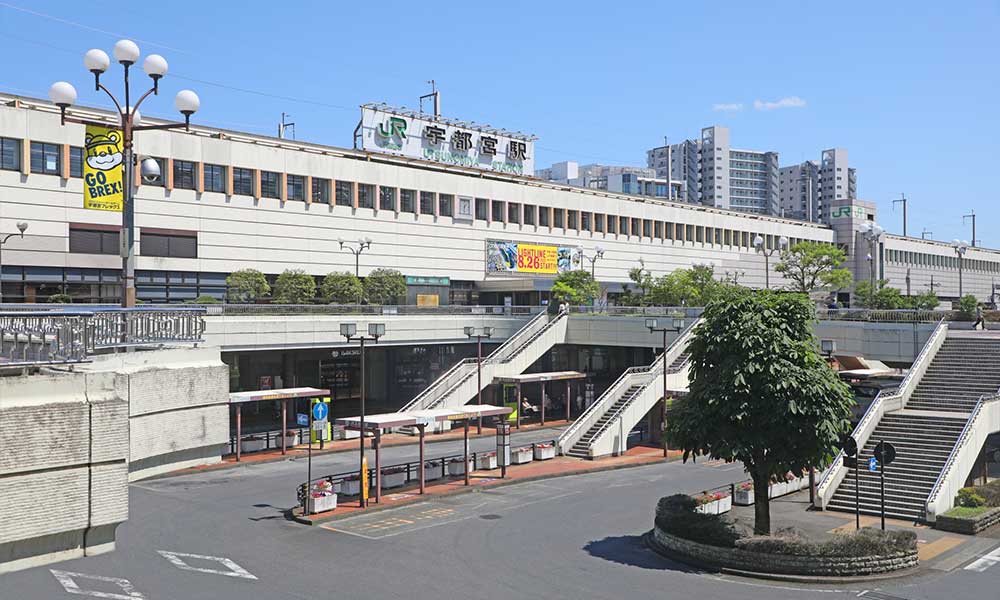
Utsunomiya City features excellent public transportation centered around JR Utsunomiya Station, including the Tohoku Shinkansen and buses.
Utsunomiya City is served by the JR Utsunomiya Line, which runs to Tokyo and Kanagawa, along with the Tohoku Main Line, Shonan Shinjuku Line, and Ueno-Tokyo Line. There are three stations: Utsunomiya Station, Suzukami Station, and Okamoto Station.
Additionally, the JR Nikko Line connects Utsunomiya to Nikko with two stations: Utsunomiya Station and Tsuruta Station.
The Tobu Utsunomiya Line also runs through the city, with four stations: Tobu Utsunomiya Station, Ezoshima Station, Nishikawada Station, and Minami Utsunomiya Station.
Utsunomiya Station is a stop for the Shinkansen, servicing the Tohoku Shinkansen, Yamagata Shinkansen, and Akita Shinkansen.
In 2023, the Utsunomiya Light Rail opened, introducing Japan’s first next-generation tram system (LRT) without extending or modifying existing lines. The line, which runs along the eastern side of Utsunomiya Station, opened on August 26, 2023, making travel to major urban areas within the city even more convenient.
The Utsunomiya Light Rail has 15 stations: Utsunomiya Station East Exit, Utsunomiya University Yoto Campus Station, Ekihigashi Park Station, Kiyohara District Community Center Station, Green Stadium Station, Seiryo High School Station, Hiyama Castle Ruins Station, Higashishukugou Station, Hiraishi Station, Hiraishi Central Elementary School Station, Mine Station, Yuinomori Chuo Station, Yuinomori Nishi Station, Yuinomori Higashi Station, and Yoto 3-chome Station.
Several national highways pass through Utsunomiya City, including National Route 4 (Rikuuh Highway, Tokyo Highway), National Route 119 (Nikko Highway, Tokyo Highway, Oodori, Sakura Street), National Route 121, National Route 123 (Ishii Highway, Mito Highway), National Route 293, and National Route 408.
Access to highways from Utsunomiya City includes the Utsunomiya Kamikawa IC on the North Kanto Expressway, the Kamikawa IC and the Nikko Utsunomiya Road Tokujirou IC on the Tohoku Expressway, and the Utsunomiya IC that connects both the Tohoku Expressway and the Nikko Utsunomiya Road.
The city is served by bus lines operated by Kanto Bus and JR Bus Kanto. There are also express buses, such as the “Marronnier” service to Narita and Haneda Airports, as well as long-distance buses to Kyoto, Osaka, and Nagoya.
There are relatively many buses. The Shinkansen is available, and you can get to downtown Tokyo without having to transfer.
The distance between JR and Tobu stations makes it inconvenient to transfer. Trains and buses are crowded during morning and evening rush hours.
How are the rent and land prices in Utsunomiya City?
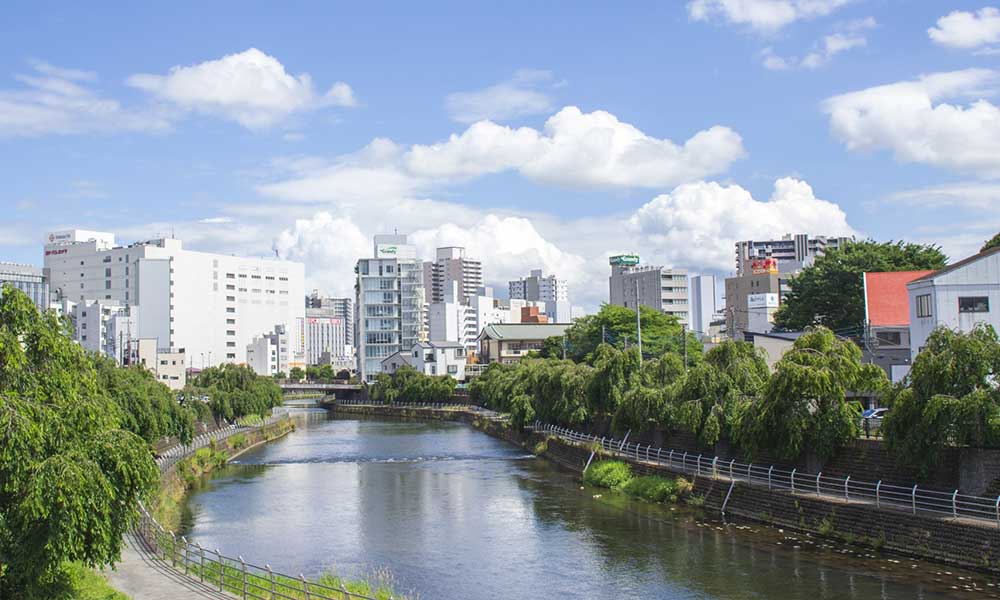
The closer you are to the city center, the more expensive it gets, but Utsunomiya City is generally a relatively reasonably priced city.
According to information from a real estate information website, the average rent in the city for a newly built apartment within a 10-minute walk from the station is about 75,000 yen for a 1K and 109,000 yen for a 2LDK.
The average land price per tsubo is about 260,000 yen per tsubo.
Utsunomiya city is an area with a good balance of detached houses, condominiums, and rental housing. Looking at the breakdown of detached houses, about half are custom-built homes, which is a high ratio, but condominiums are also constantly distributed, so it can be said that there are relatively many options in the area.
It is a town with a wide range of housing options for singles and families. There is also the option of custom-built homes, so you can get your dream home at a low cost.
This area has high housing prices, including rent and land prices, within Tochigi Prefecture.
How is childcare and education in Utsunomiya City?
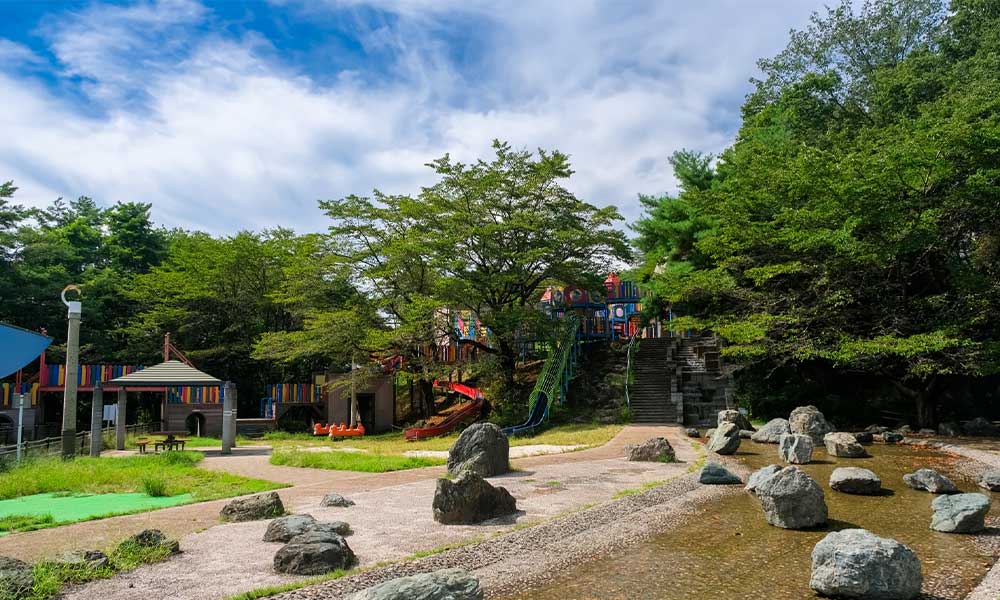
Utsunomiya City offers various childcare and educational facilities, including nurseries, kindergartens, elementary schools, junior high schools, and high schools.
Utsunomiya City has 78 nurseries, 48 kindergartens, 70 elementary schools, 31 junior high schools, 17 high schools, 13 junior colleges and universities, and 32 vocational schools.
The Child Medical Expense Subsidy is available for children under 18 years old (up to March 31 after turning 18), covering all expenses for both outpatient and inpatient care (with some exceptions).
Child allowances are provided: ¥15,000 for children under 3 years, ¥10,000 for the first and second child aged 3 to just before entering elementary school, ¥15,000 for the third child and beyond, and ¥10,000 for junior high school students (with some income restrictions).
Utsunomiya City has a variety of support systems in place.
It ranked 2nd overall in the “2021 Ranking of Cities Easy for Dual-Income Families to Raise Children” conducted by Nikkei Inc. and Nikkei BP, as reported in Nikkei xwoman DUAL.
The city was recognized for various factors, including the availability of spots in licensed childcare facilities, the ratio of facilities with playgrounds, and efforts to maintain the quality of childcare, along with significant economic support for families raising children.
Utsunomiya promotes places like Miyakko’s Place, where children can easily go when they want, supervised by adults, allowing them to do homework and eat in a safe environment.
Additionally, the city supports families through initiatives like “Mama Papa Classes” for providing information and lectures on pregnancy and childcare, as well as “Baby Visits” for providing information on parenting for babies up to 4 months old.
There are many childcare facilities and educational institutions, making it an ideal environment for raising children.
Quality educational facilities are scarce.
How about shopping in Utsunomiya City?
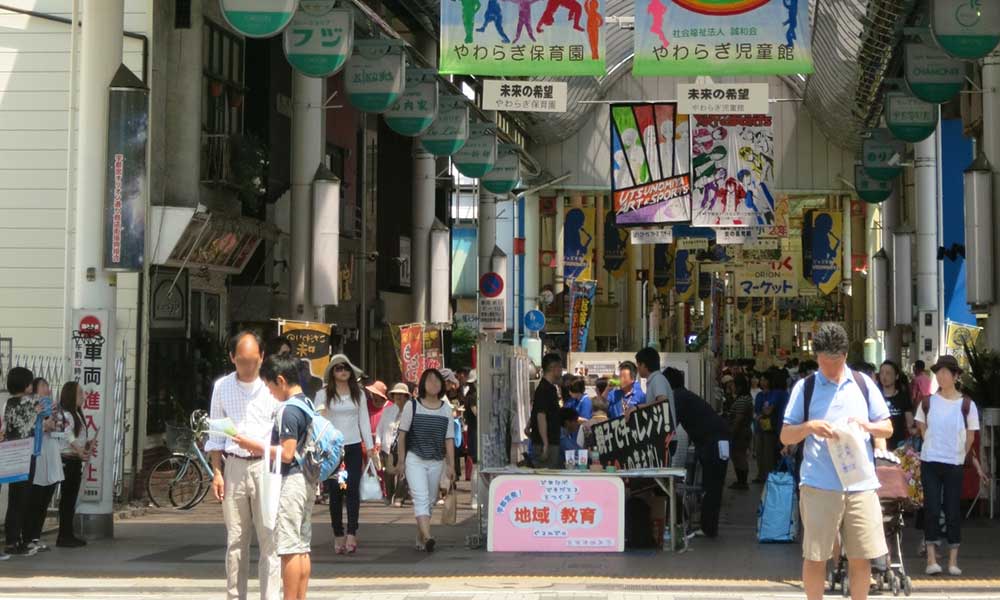
Utsunomiya City is a city with plenty of shopping facilities, including commercial facilities, shopping malls, and restaurants.
Utsunomiya City has numerous shopping facilities, including department stores, shopping malls, and supermarkets.
The FKD Interpark Store is a large shopping center conveniently located just off the Kamikawa Interchange on the North Kanto Expressway, featuring a supermarket, clothing stores, and a cinema for family fun. It gets quite crowded on weekends, so visiting during weekdays is recommended.
The Bell Mall West Side is a large shopping mall that connects to Ito-Yokado and features various specialty stores. It offers clothing, miscellaneous goods, books, and restaurants, along with an adjacent cinema, making it a great spot for dates or shopping.
Additionally, there are about 63 supermarkets in the city, including York Benimaru, Tairaya, and Food Oasis Otani, making grocery shopping convenient.
The Orion Street Shopping District, located close to Tobu Utsunomiya Station, is a historic shopping street established in 1948. It features a variety of unique shops along a 280-meter-long arcade and is one of the largest shopping streets in Northern Kanto, popular with visitors.
There are many shopping malls and supermarkets, and prices are generally low.
Except for around the station, there are suburban stores scattered around, so it is inconvenient if you don’t have a car.
How about jobs and recruitment in Utsunomiya City?
Utsunomiya City has a wealth of job and recruitment information, with jobs in a variety of fields including manufacturing, service, and commerce.
Utsunomiya city is famous as one of the leading industrial areas in northern Kanto, and has several large and small industrial parks, including the Kiyohara Industrial Park that spreads out on the east bank of the Kinugawa River.
Looking at the industry, beverage, food, tobacco, and chemical industries make up a large proportion of the area.
It can be said that this is an area with a relatively large number of manufacturing-related job openings.
In addition, there are a relatively large number of commercial facilities such as shopping malls and supermarkets in the area, so you can expect to find jobs in customer service, service, and food and beverage.
Utsunomiya is a city with a thriving industry, including commerce, manufacturing, education, medicine, and government. There are a wide variety of occupations and industries, which contribute to revitalizing the local economy and creating jobs.
Utsunomiya is the central city of Tochigi Prefecture and a place where many people want to work. As a result, there are many applicants for jobs and the competition is fierce.
Utsunomiya City, Tochigi’s unique subsidy/subsidy system
Utsunomiya City, Tochigi’s unique relocation assistance and relocation subsidy system
| Utsunomiya City Relocation Support Fund |
Utsunomiya City, Tochigi’s unique housing assistance and subsidy system
Utsunomiya City, Tochigi’s unique childcare support system
Utsunomiya City, Tochigi’s unique system for further education and tuition assistance/subsidies
| School Enrollment Assistance Scholarships Educational Fund Utsunomiya City Repayment Exemption Scholarship Fund Enrollment Fee |








